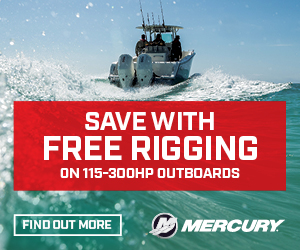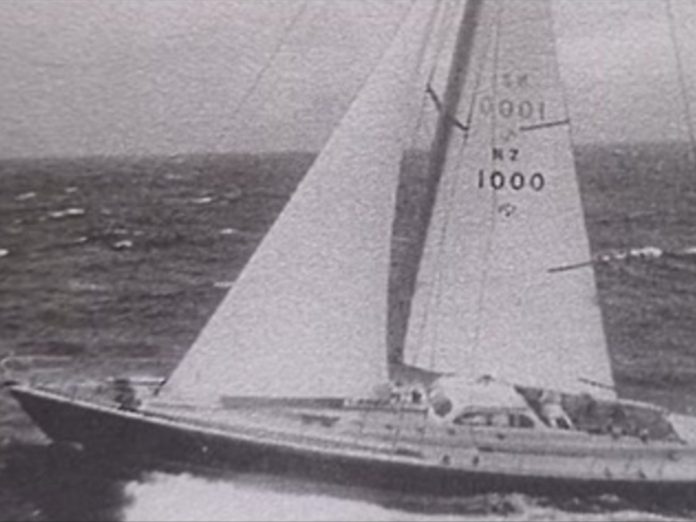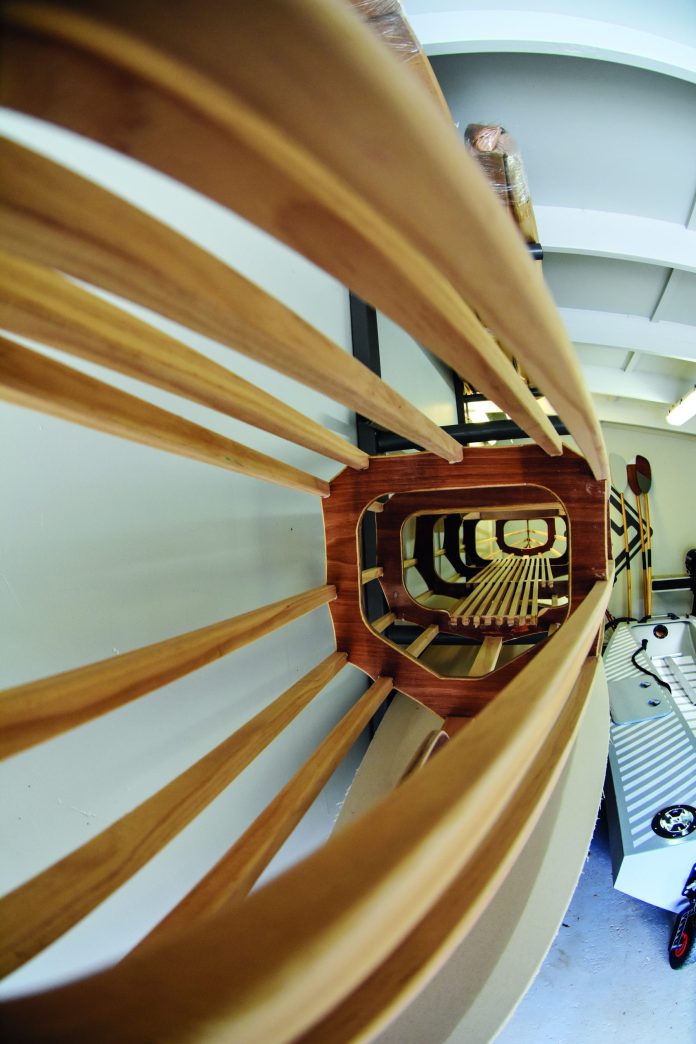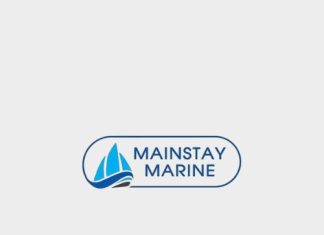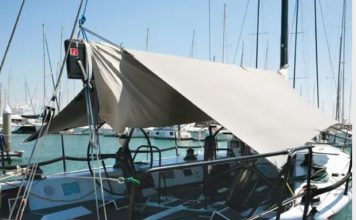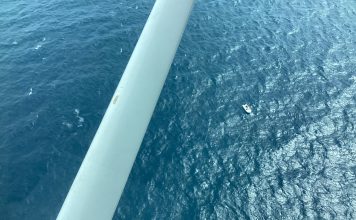Last issue we covered the affliction of corrosion, but boats that remain in the water for long periods suffer from the reverse problem – calcification. Or, more completely, the dual issues of biological growth and calcification. This is where the boat gets more mineral and biological material added to it, rather than having it corrode away.
This affects all surfaces, not just metal ones, and of course this encrustation is the reason we apply anti-fouling paint to the underside of the hull. Unfortunately, the most effective biocides are no longer available to us because they were polluting our waterways while protecting our hulls. So, these days we are often playing catch-up, slowing rather than preventing the growth of biological material.

Calcification is slightly different – it’s actually the deposition of the mineral calcium carbonate onto surfaces. This happens particularly in areas where sea water is heated, which accelerates the deposition of this naturally-occurring mineral. Heat exchanger tubes are the worst location for this type of deposition, but it can occur where sea water remains in contact with any surface without vigorous movement.
Many forms of encrusting marine growth will also cause some calcification – think of oyster shells, barnacles and coralline algae, that hard, red-coloured coating that covers rocks underwater. These can coat boats as tenaciously as pure mineral deposits, requiring the same effort to remove.
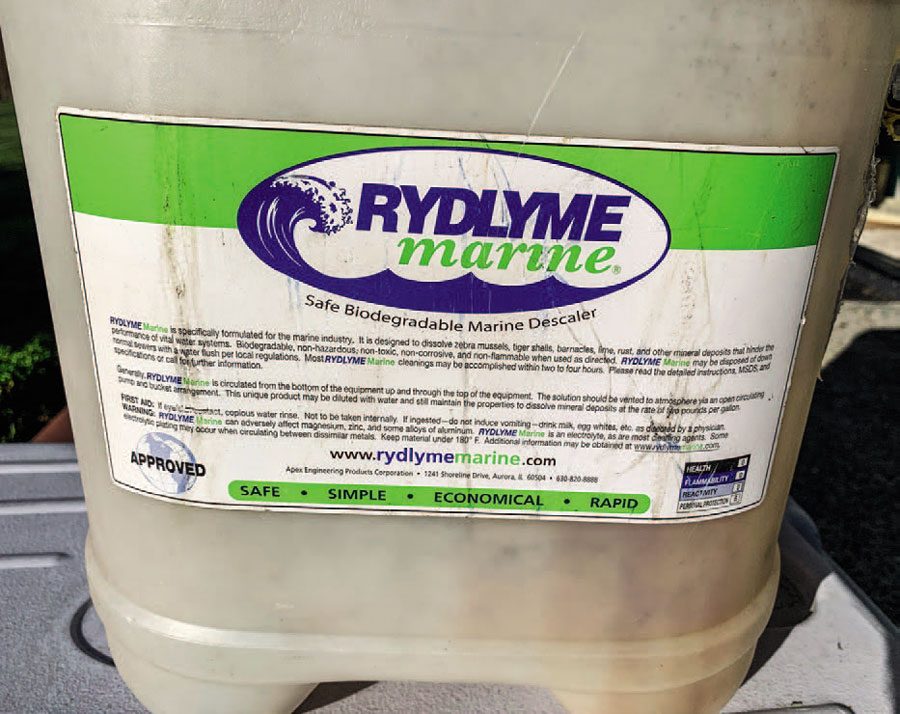
Apart from the obvious surfaces on your boat, most boaties will at some point come across calcified items that have been dropped into the sea and stayed submerged for some time. Fishing rods, anchors, ropes, nets, scuba gear, cameras and other ‘treasures’ regularly suffer this fate. It’s surprising how quickly these become encrusted. Small barnacles are usually in the vanguard, but other hard deposits soon follow.
Removing these calcified deposits is theoretically a simple matter since calcium carbonate dissolves quite readily in acid. Drop any seashell in even a mild acid solution such as vinegar (acetic acid) for a time and very soon bubbles appear all over the solution’s surface. Leave it submerged long enough and eventually the shell will dissolve completely.
So, flushing an item in a suitable acidic solution will soften the calcium carbonate so that the encrustation either drops off or completely dissolves. The danger with this approach is that acid damages many things, including the metals we commonly use on our boats.
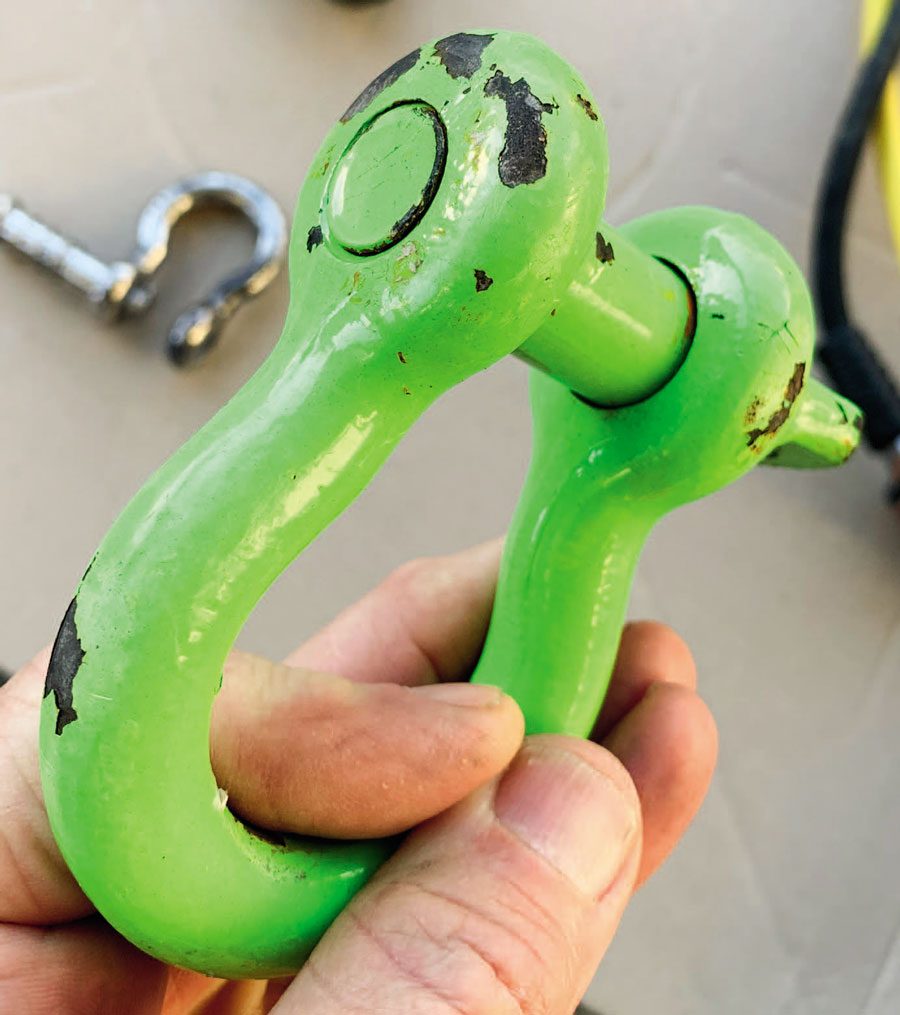
The behaviour of different acids on different metals is a subject to itself. There is no simple acid that works and is safe for all our common materials. Hydrochloric acid, for example, is a common cleaning solution for concrete and pickling steel. However, it will attack virtually every metal found in a boat, including the engine, scuba gear and fishing tackle.
We pulled out a table of the common metals and the readily available acids as shown on the previous page.
So, how do we clean out calcification? Using a plain acid, even highly diluted with water, is not a good option. Unfortunately, most industrial and domestic products such as Acid Descaler and CLR are simply combinations of acids. These are both available through hardware stores.

Luckily, there are some products out there specifically for boaties that mitigate some of the risks, combining a low-level of acidity with some biocides and other ingredients. Rydlyme, distributed by Auckland Marine Services, and Barnacle Buster from Trac Ecological, distributed by Ovlov Marine, are two readily available examples. Both of these products are biodegradable non-toxic marine growth removers that are simply re-circulated through the saltwater cooling system. No need to disassemble the engine – and depending on how your cooling system is plumbed – using them may require just a couple of hose connections.
To compare the effectiveness of the products, we ran a number of tests. Firstly we took some sample items (two brass screws and a brass fitting), and soaked them for an equal time (30 minutes) in Rydlyme (middle group) and Acid Descaler (at the bottom). The photo shows how quickly the brass started to de-zinc in the acid solution, turning back into a spongy copper rather than hard brass. Also of note: the chrome-plated hose fitting subjected to this treatment lost its chrome plating. The middle group in the photo shows the Rydlyme had no damaging effect on the brass, apart from a very slight surface discolouration.
We also fortuitously happened to have some items salvaged after a long period on the sea bottom. These included a stainless steel and a high-tensile steel shackle, some scuba gear and some cheap nickel-plated snap shackles.

These objects were soaked in a diluted Rydlyme solution for two hours, then rinsed off. As can be seen, the steel items came up perfectly. The scuba items were also clean and usable once again, with some discolouration of the chrome plating being the only lasting impact. Only the cheap nickel plating showed extreme discolouration, but the items were fully functional after the clean.
For comparison I’d previously attempted a similar clean of another regulator using Acid Descaler, which destroyed the components – the brass elements de-zinced so badly the threads crumbled, and the regulator literally fell apart when it was subjected to air pressure.
So, the outcome of all this experimentation is clear – don’t be tempted to use an acid solution to descale or clean your engine. Instead, pay the money and buy one of the certified, biodegradable, marine-friendly products. Follow the manufacturer’s instructions regarding dilution and soak time and you should have no problems. BNZ

DESCALING YOUR ENGINE
The process of running a suitable (and safe) de-scaling product through your engine is relatively simple:
1. Remove all zinc anodes from inside the engine. These are typically inside the heat exchanger but there may be others. When you remove the anode, replace the plug to prevent water leaking out the hole.
2. Block the saltwater intake through the hull by closing a stop cock.
3. Connect a circulating pump that can feed water into the engine’s saltwater circuit via the engine intake side. In my case the main intake hose had a smaller connection that the washdown pump was connected to. I simply plugged into this. At worst you may need to disconnect the main inlet hose and plumb into that.
4. Undo the saltwater outlet hose (which may feed into the exhaust, or through its own through-hull fitting above the waterline), and feed this into a large bucket or similar container.
5. The circulating pump should be set to suck water from that bucket and pump it into the inlet hose. 6. First fill the bucket with freshwater and flush the system. Repeat to make sure you have eliminated all the saltwater. Note you may need to start the engine if your saltwater pump is part of this circuit.
7. Then replace the freshwater with the descaling solution, and leave circulating for two to four hours, according to the manufacturer’s recommendations. I prefer not to leave my engine running without cooling water running into the exhaust, so I started and ran it for 30 seconds once every five minutes. This refreshes the de-scaler solution that is sitting in the heat exchangers and pipes.
8. Once the process is complete, remove the descaler solution and flush the system again with freshwater.
9. Remove the extra plumbing, replace the anodes with a fresh set, and re-open the stopcocks.
10. Job done. Your engine should now run cooler and more efficiently.










